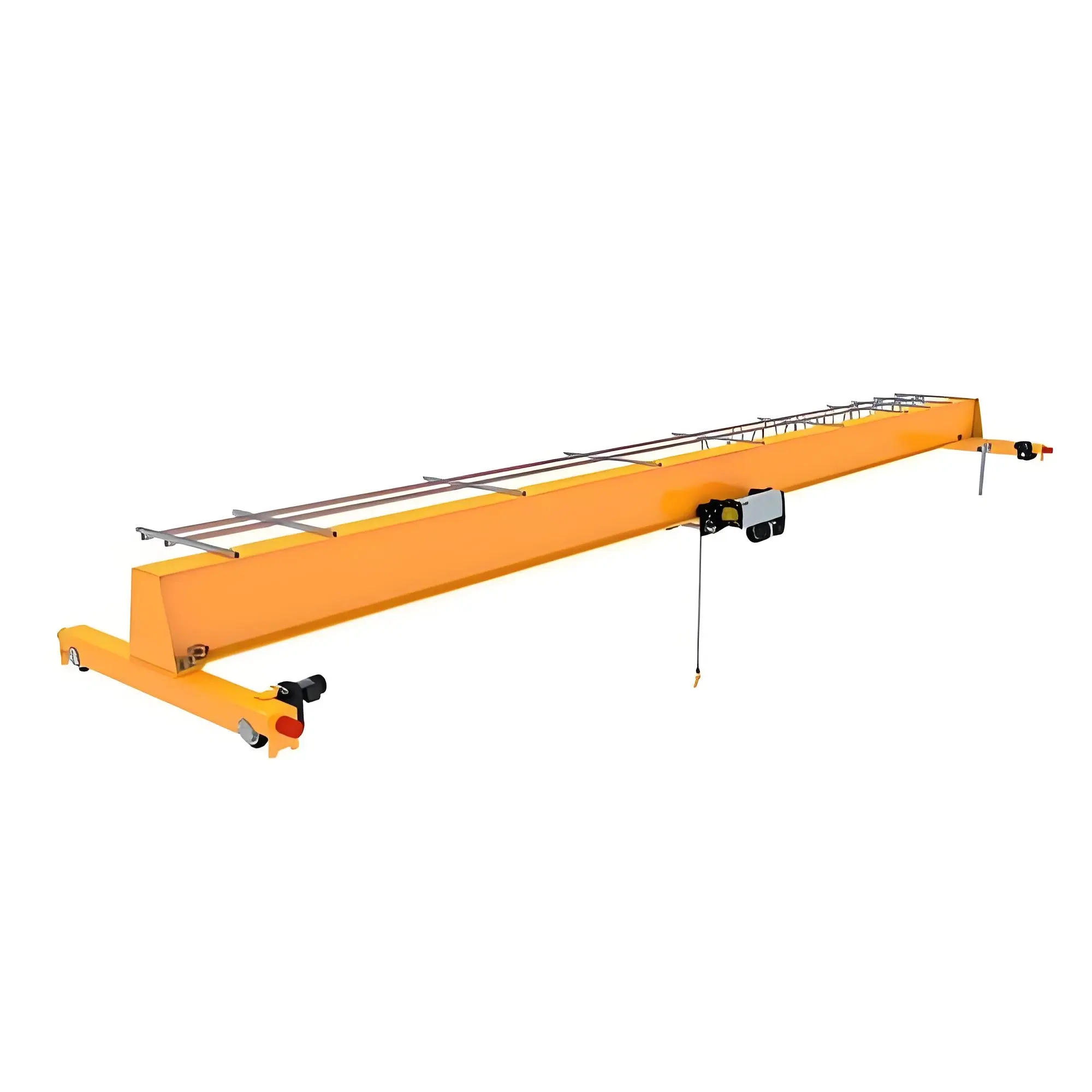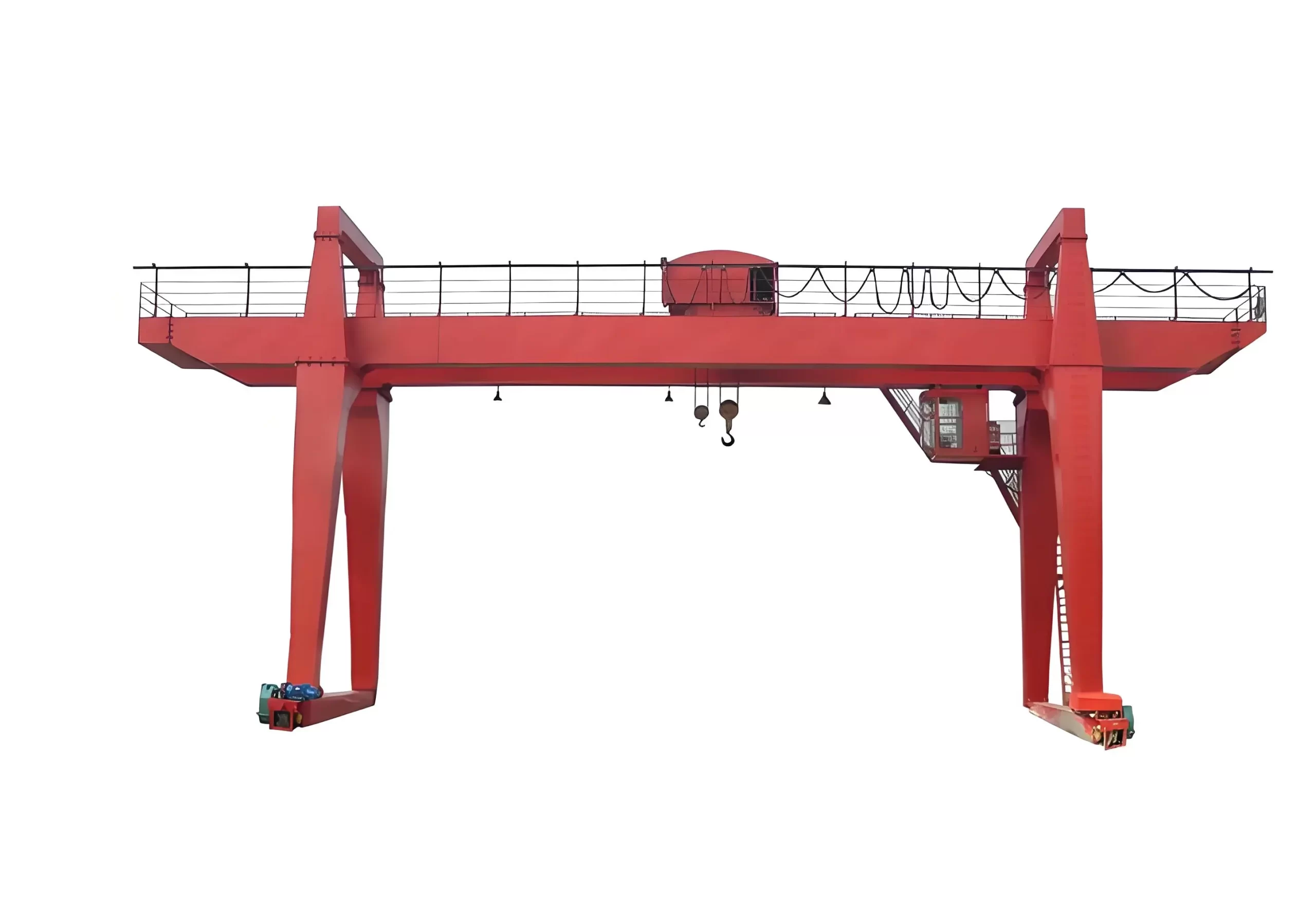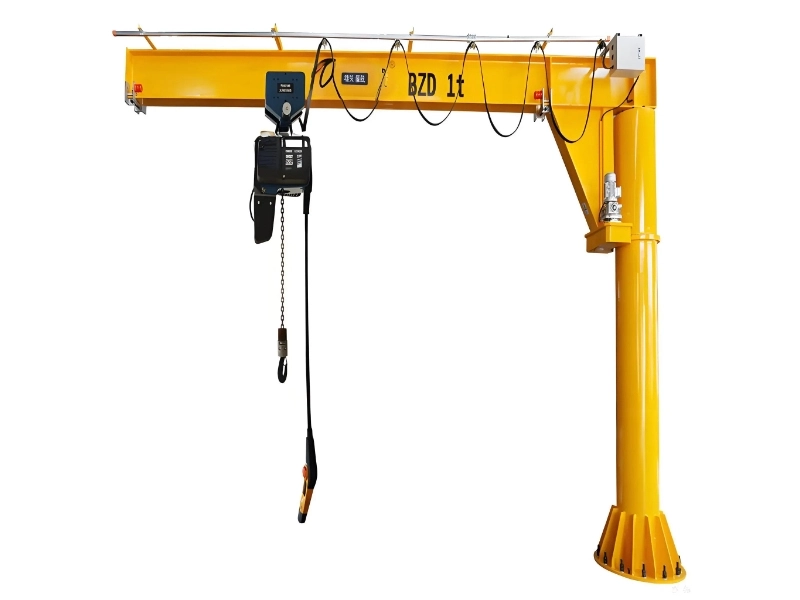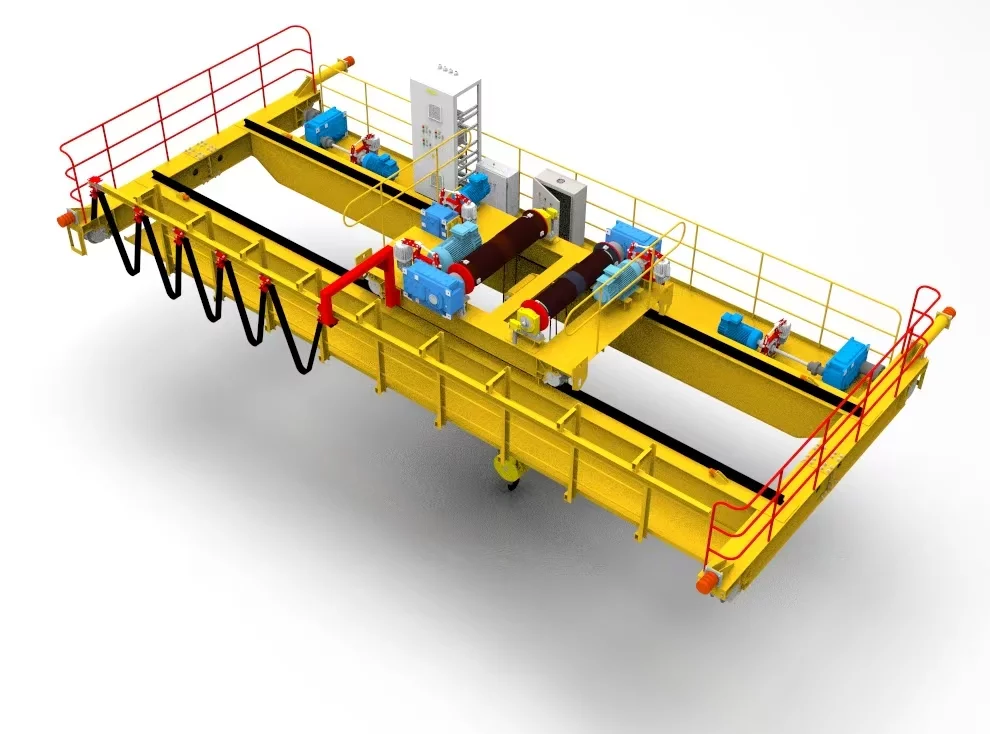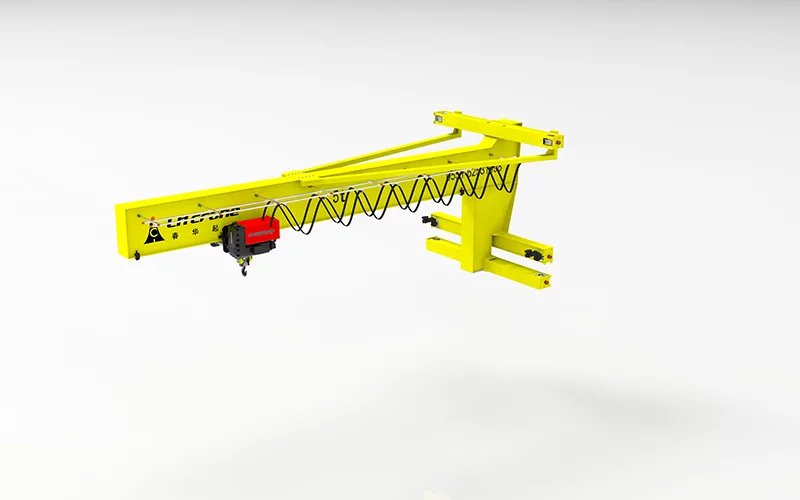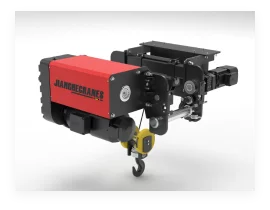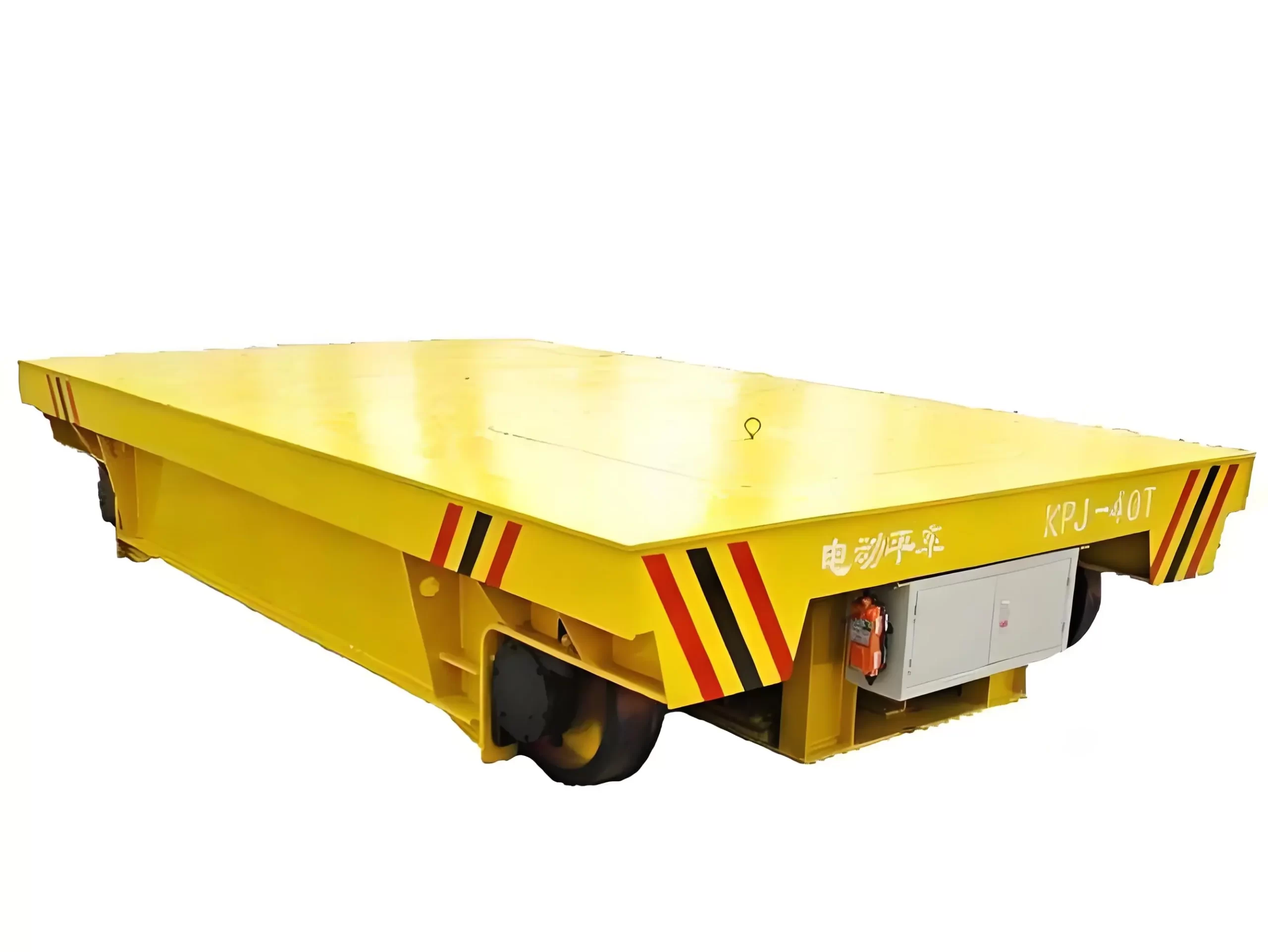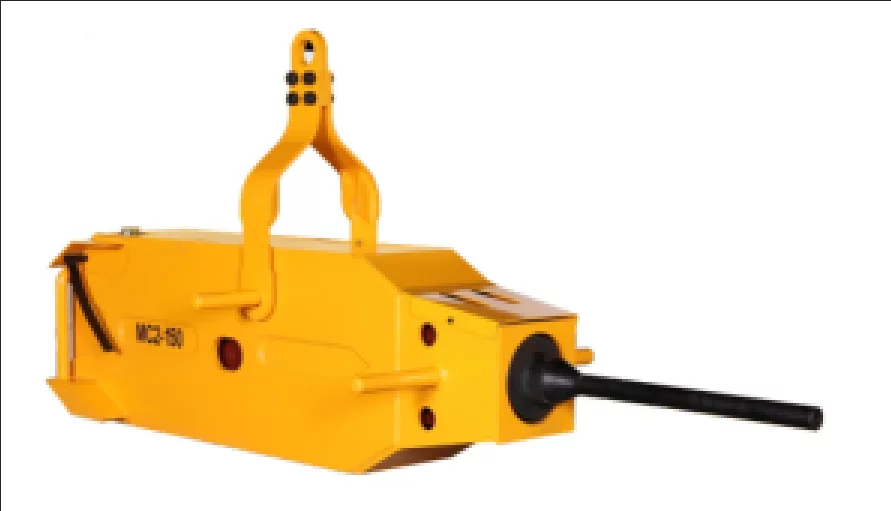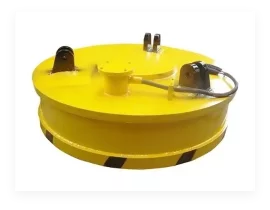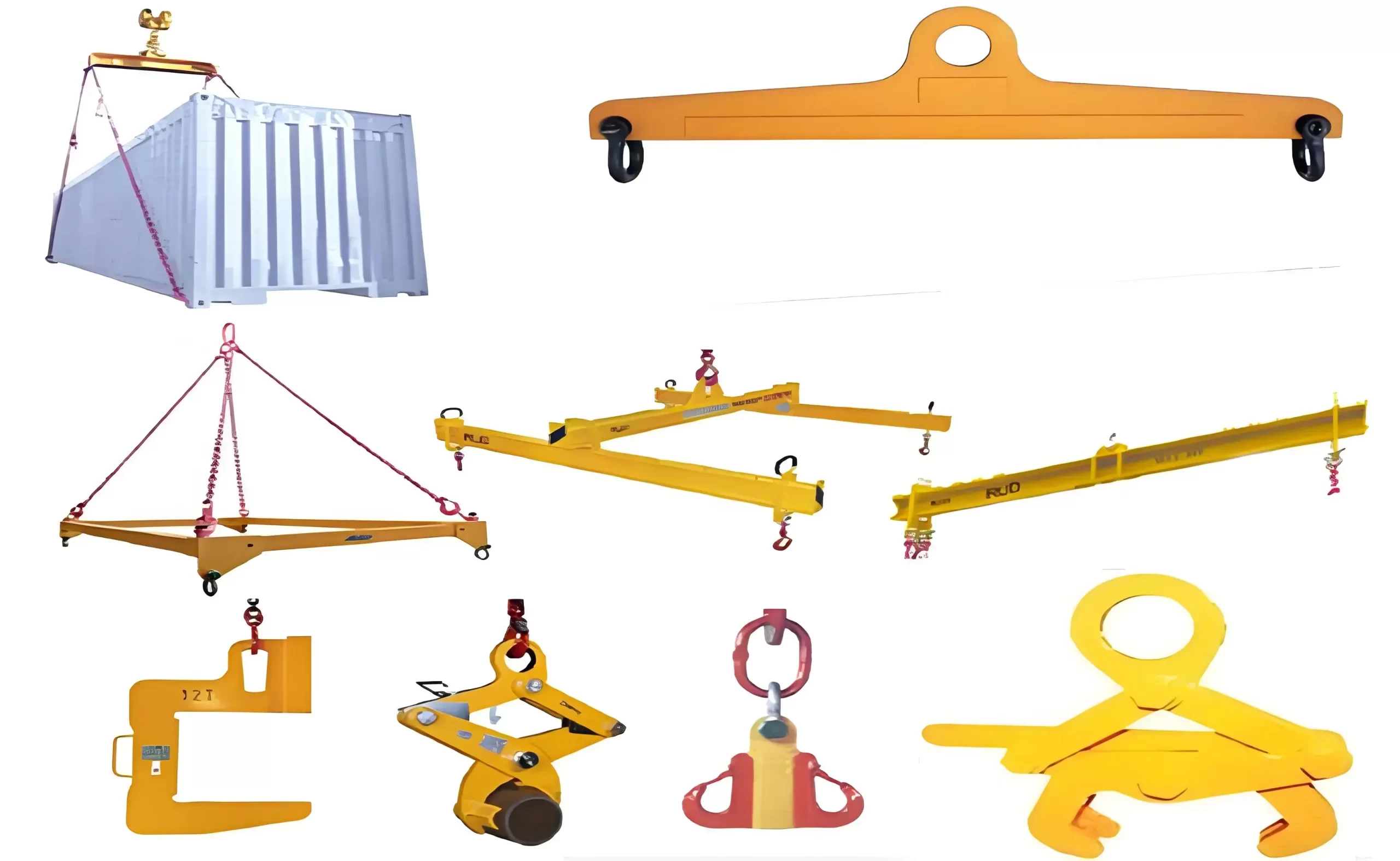-
21
2024/06
What are the advantages of using a suspension crane?
Space Efficiency: Frees up floor space by hanging from the ceiling. Flexibility: Can be installed in various configurations to suit different workspaces. Coverage: Provides extensive coverage area, especially in large facilities. Cost-Effective: Often less expensive to install than traditional overhead cranes as it requires less structural support.
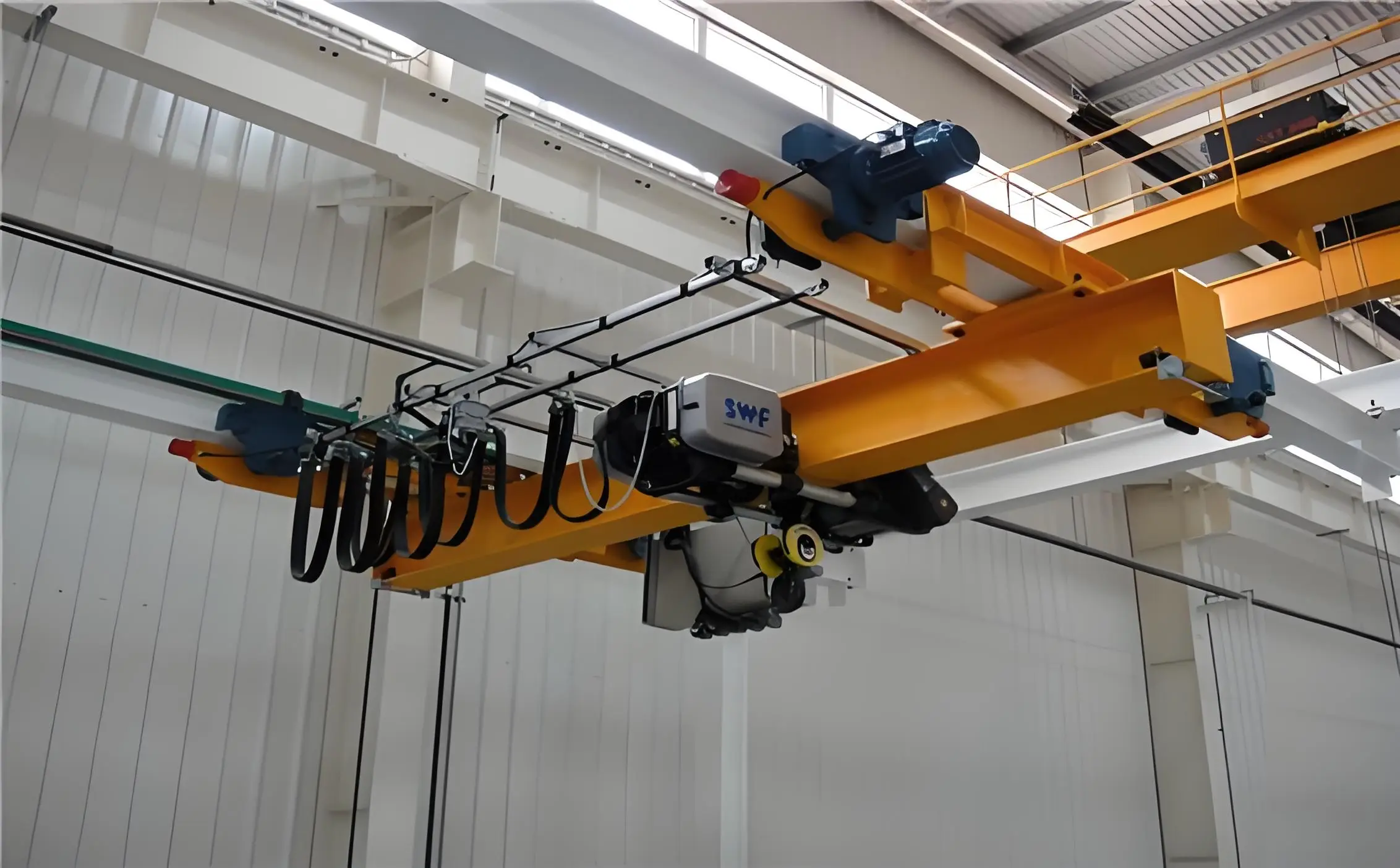
-
20
2024/06
What are the key features of container gantry cranes?
High Lifting Capacity: Typically ranging from 30 to 60 tons, suitable for handling heavy containers. Great Lifting Height: Generally between 20 to 40 meters, allowing for high stacking of containers. Long Span: Can cover large areas, enabling the crane to handle multiple rows of containers simultaneously. Mobility: RTGs are highly mobile and can be moved around the yard, while RMGs are fixed but provide high precision and efficiency. Durability: Built to withstand harsh port environments and continuous heavy use.
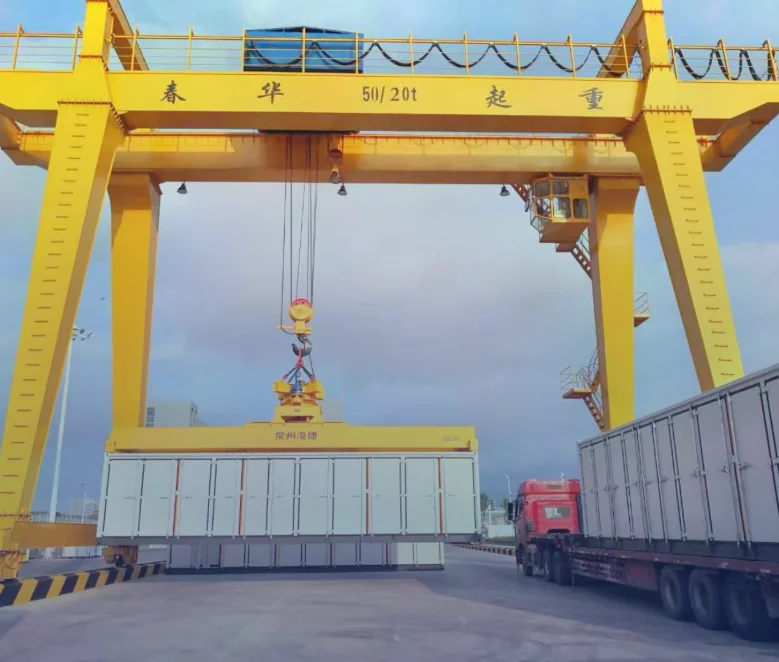
-
18
2024/06
What is the first step in producing an overhead crane?
Requirement Analysis: Understanding the customer’s specific needs. Conceptual Design: Creating initial designs based on requirements. Detailed Engineering: Developing structural plans, selecting materials, and preparing mechanical and electrical schematics.
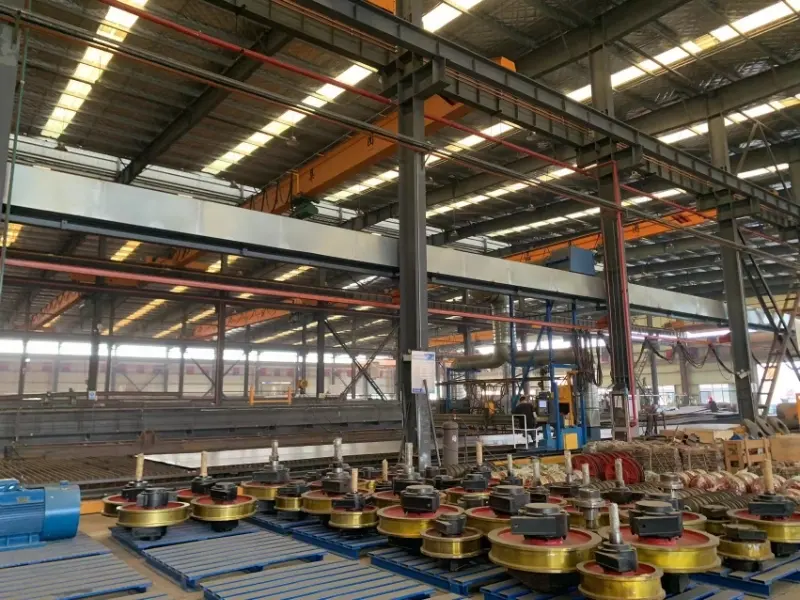
-
17
2024/06
What is an Automated Crane Operating System (ACOS)?
An Automated Crane Operating System (ACOS) is a control system that automates the operation of cranes, enabling them to perform lifting and moving tasks without direct human intervention. This system typically includes sensors, cameras, software algorithms, and sometimes AI to optimize crane operations for efficiency, safety, and precision.
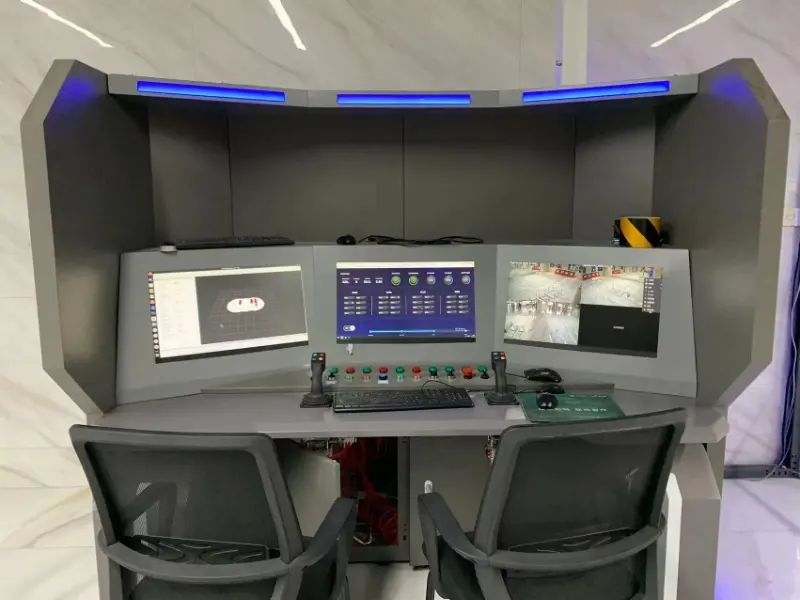
-
15
2024/06
How do I choose the right single girder bridge crane for my business?
When selecting a single girder bridge crane, consider factors such as the weight of materials to be lifted, lifting frequency, working environment, and safety requirements. It's advisable to consult with a specialized supplier of lifting equipment to tailor the crane to your specific needs.
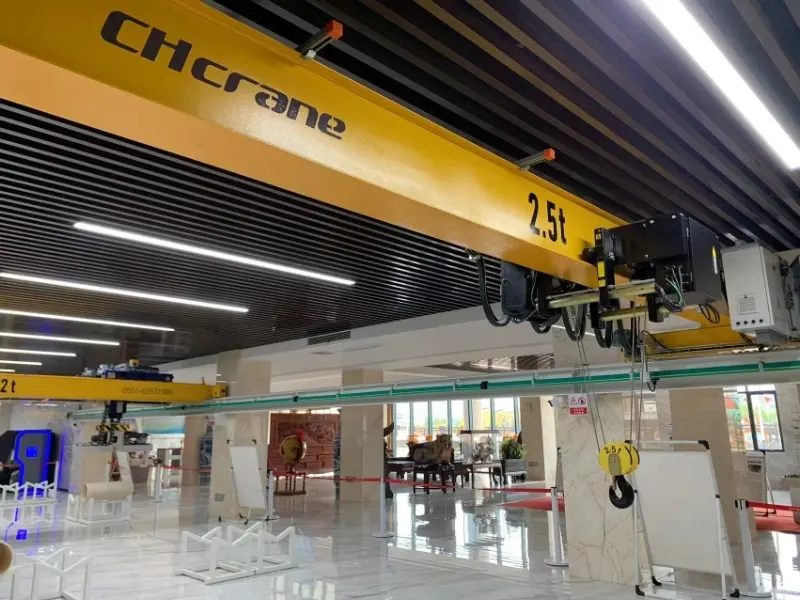
-
14
2024/06
How do automated cranes work?
Automated cranes use a combination of hardware and software to function. Sensors and cameras provide data to a central computer system, which processes the information and sends commands to the crane’s motors and actuators. This allows the crane to move and operate autonomously according to pre-programmed instructions.

-
13
2024/06
Can gantry cranes be used outdoors?
Yes, gantry cranes can be used outdoors. They are often used in shipyards, construction sites, and other outdoor environments. Outdoor gantry cranes are usually built with weather-resistant materials to withstand harsh conditions.

-
12
2024/06
How do you select the right gantry crane for your needs?
Consider the following factors: Load capacity: The maximum weight the crane needs to lift. Span: The distance between the legs of the crane. Height: The lifting height required. Application: The environment in which the crane will be used (indoor, outdoor, industrial, etc.). Mobility: Whether you need a stationary or mobile crane.
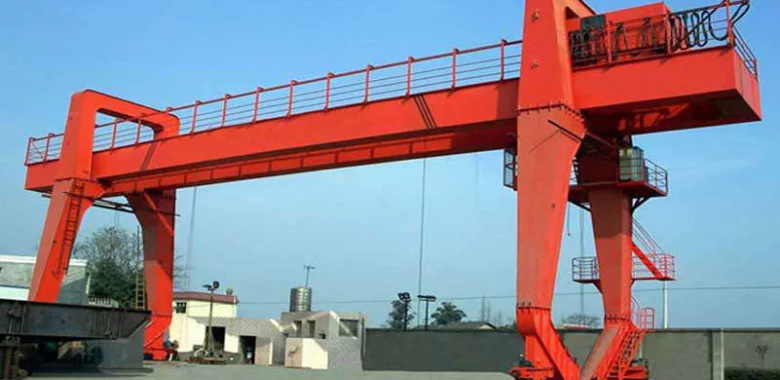
-
11
2024/06
What is the difference between a gantry crane and an overhead crane?
The primary difference is that an overhead crane has a bridge that is supported at both ends by an end truck running on elevated runway beams, while a gantry crane’s bridge is supported by legs that move on the ground.
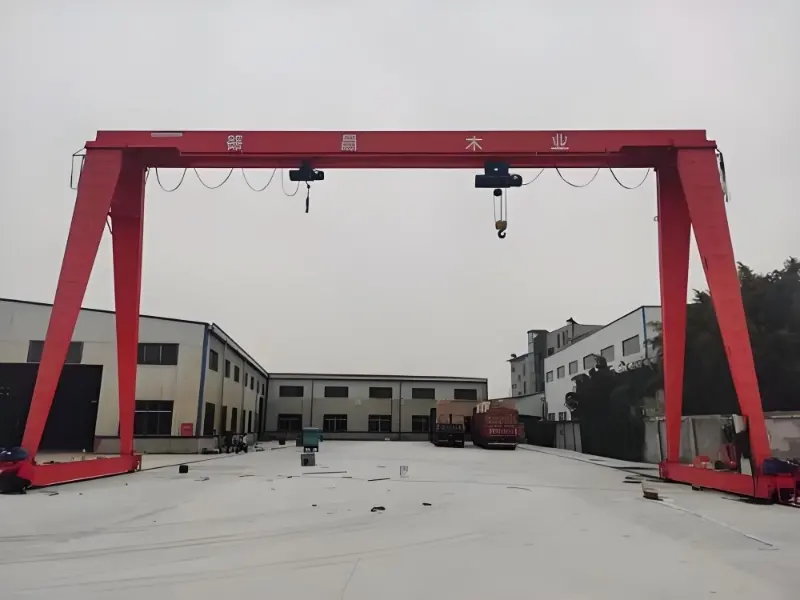
-
09
2024/06
What is the difference between single girder and double girder overhead cranes?
A single girder crane has one main girder with a hoist trolley running on the bottom flange. While a double girder crane has two girders with the hoist trolley running on rails on top of the girders. Double girder cranes generally offer higher lifting capacities and greater spans.
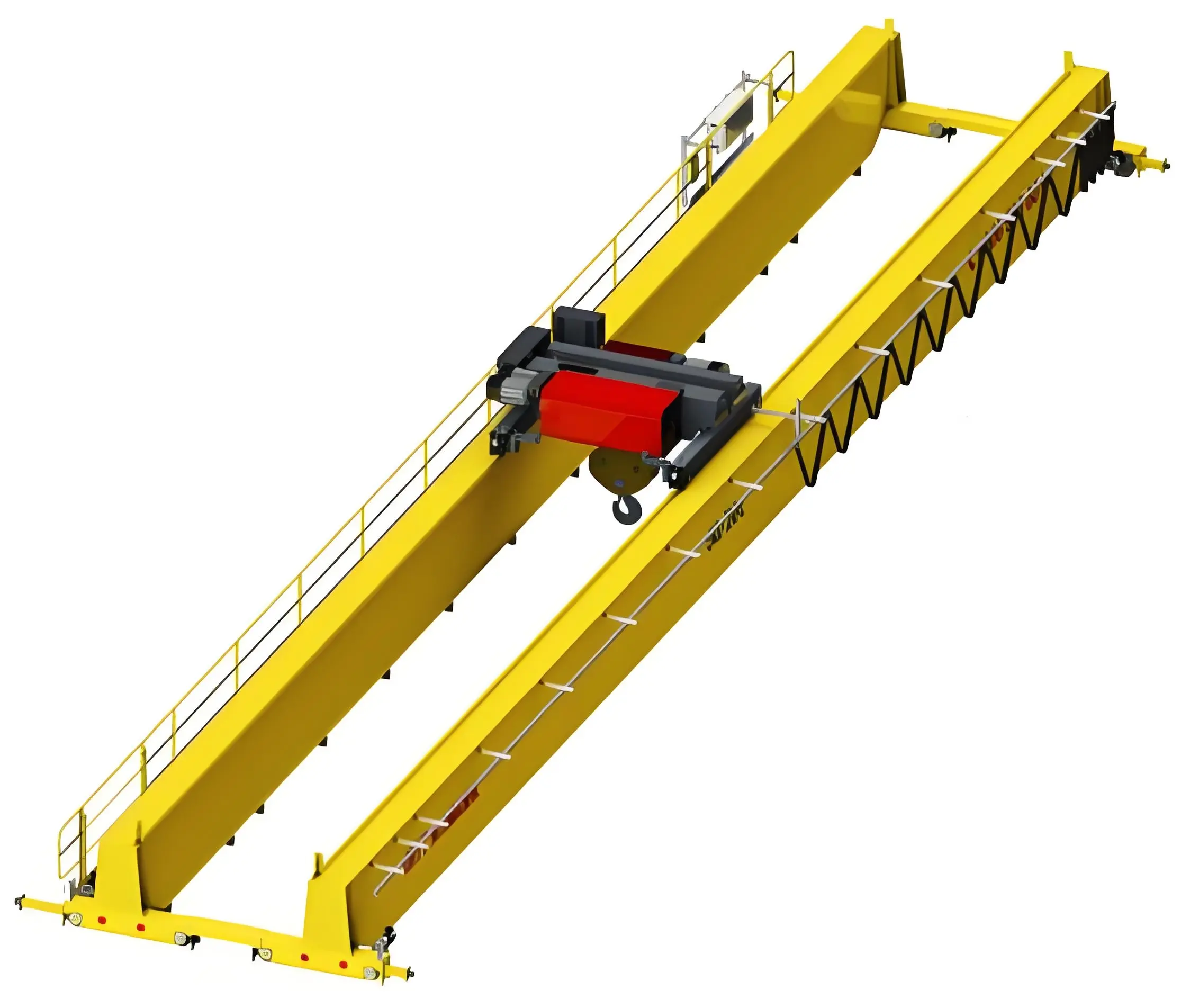
-
06
2024/06
How can the risk of crane tipping be minimized?
To minimize the risk of tipping, ensure the crane is set up on a stable and level surface, adhere to load limits, use outriggers properly, and follow the manufacturer's setup and operational guidelines.
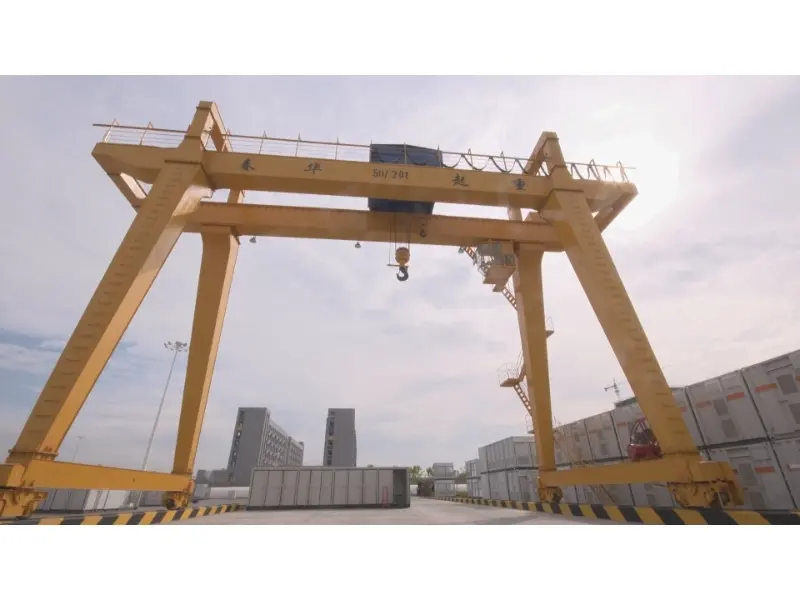
-
05
2024/06
How does a crane work?
A crane uses a combination of simple machines such as levers and pulleys. The crane's hoist system, powered by electric motors or hydraulics, raises and lowers the load, while the jib or boom moves the load horizontally.



